How to Prevent Flooding of Pervious Surfaces
“The best tool you can use to verify your pervious pavement is functional . . . . is an umbrella!” Ever heard that one? How about, “Why don’t you fix your leaky roof?” “I have wanted to fix it when the weather is nice, but when the weather is nice, it is not leaking.” It is the same principle.
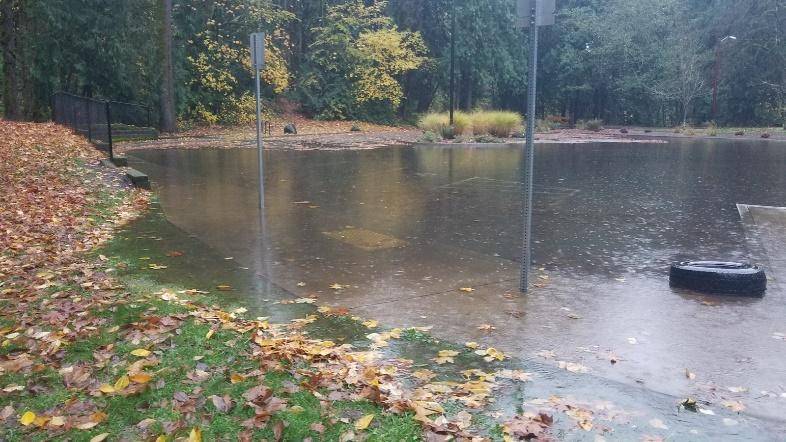
Basketball Courts in the Pacific Northwest
“It was pervious when we installed it, anyway.” Although this is an extreme example, this can be a temporary condition while it is raining and for a few hours after. Use an umbrella to inspect pervious pavement.
What Causes Pervious Surfaces to Flood?
Pervious pavement does not clog overnight. Plugging accelerates during and just after periods of high biological loading. Although conditions vary across the United States in terms of rainfall, tree cover, and growing season, the general rule applies that spring and fall are the heaviest biological loading periods of the year.
Added to this is the fact that pervious pavement is constantly subject to infiltration by fine solids, dust, and dirt all year long from local and ambient sources. We can talk about the well-meaning gardener that dumps his mulch and/or topsoil directly on your brand-new pervious surface later.
In the case of the recreational basketball courts pictured above, the percolation rate has deteriorated so badly it was almost nil when this picture was taken. The inspection and discovery time for a pervious surface in this poor condition is not time-sensitive and can be seen for days after a rain event.
You will probably hear about it from local future NBA stars as well. The environmental benefit from this particular investment has not been realized for many years. Inspection by umbrella would have helped identify the deteriorating pervious condition and encouraged early and routine maintenance and consistent functioning of this installation.
Materials that Clog Pervious are Transported by Rainfall
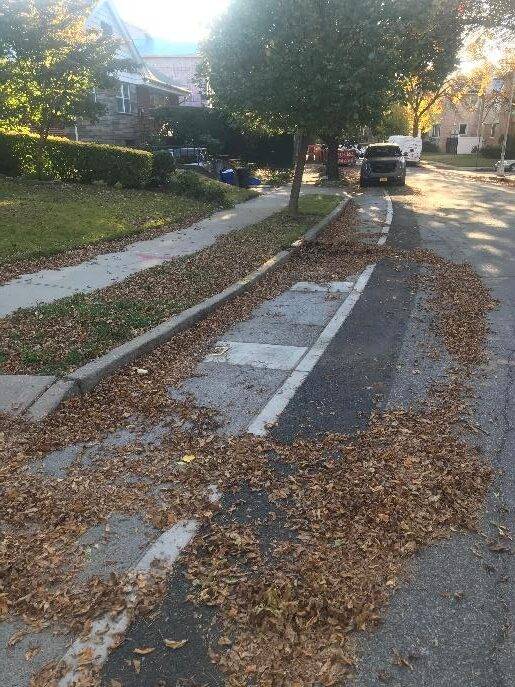
Northeastern United States residential street second half of October littered with leaves. Traffic will pulverize the leaves. Crowned conventional pavement delivers rainwater and pulverized leaves to the precast pervious concrete blocks in each gutter. It only took 16 months for this pervious concrete to clog.
From the west coast basketball court, let’s go to an East Coast residential street. Because gravity is a thing on both coasts, water from grassy areas above the basketball court pictured above adds to the drainage and contaminant load for the pervious pavement. In the typical residential street pictured, leaf litter is pulverized by car traffic across the entire crowned conventional asphalt surface. Local residents knew it was failing because they saw the puddles during and directly after each rainstorm.
Pervious Clogs Because it is Doing Its Job
Rainfall effectively delivers the pulverized organic matter and airborne inorganic dust and dirt to the precast porous concrete blocks from the entire width of the street. Because pervious asphalt and porous concrete are both constructed with voids to let the rainwater pass, gravity deposits these solids in those voids. This natural process gradually plugs the voids. Conveniently for us, the bulk of such material is filtered from the water and collected in approximately the top 3/8” of the pervious surface.
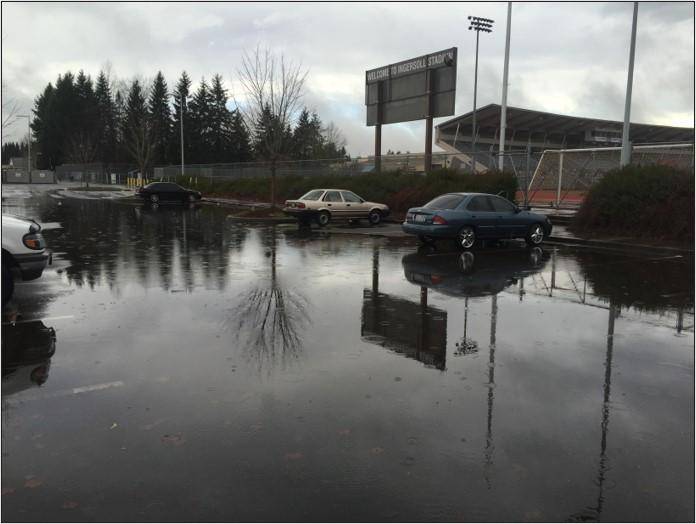
Pervious Asphalt Parking Lot in full failure mode. It is raining in this picture, too, but an inspection much later in the day would still show this pervious pavement’s condition.
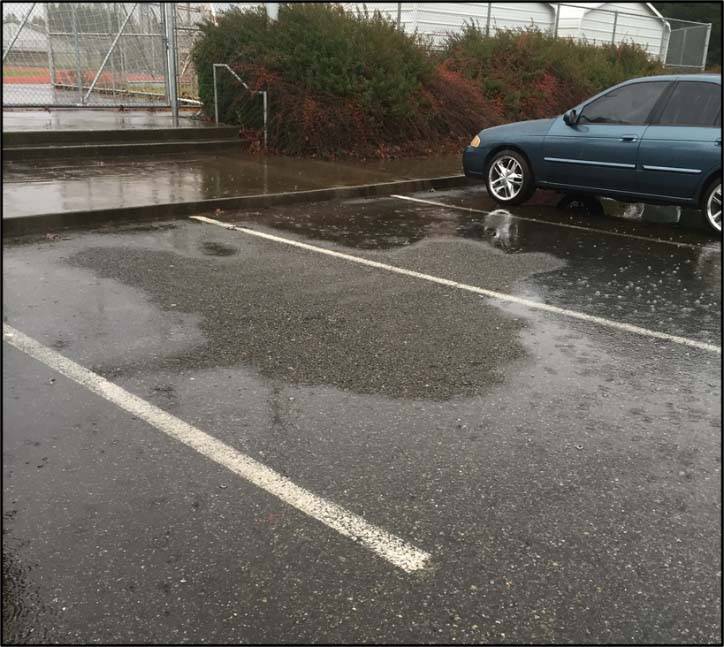
Same parking lot same day: small demonstration area made functional again with high pressure water and simultaneous vacuum recovery – MCV
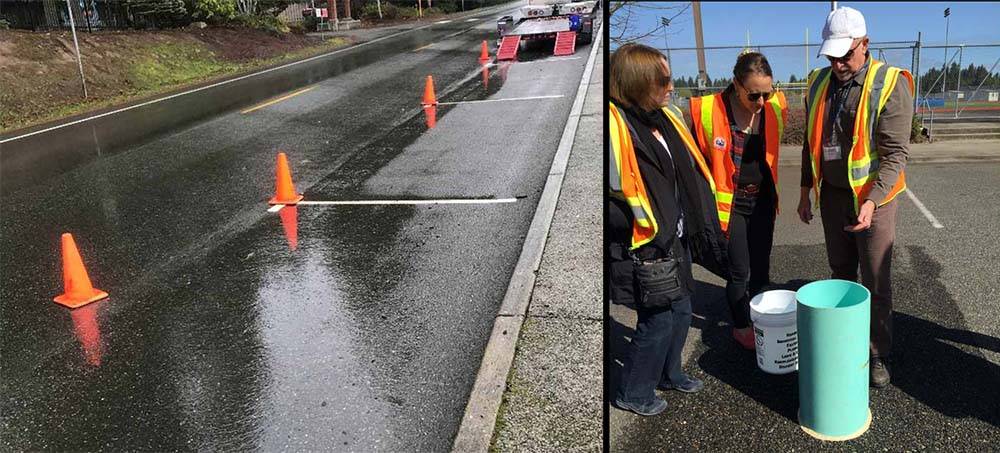
Rainwater running down a pervious asphalt street. Two ways to discover this: 1. Drive or walk by with your umbrella while it is raining; 2. Your crew does an ASTM perc test, disrupting traffic, any day of the week.
How To Maintain Your Pervious Surfaces
- Regularly sweep your pervious surfaces with conventional sweeping equipment. Keep as much organic and inorganic litter off the surfaces as possible.
- Inspect your pervious surfaces using an umbrella during rainstorms to note percolation deterioration early.
- To learn more and as needed, document the deterioration by means of the conventional ASTM test procedure
- Conduct pervious pavement maintenance cleaning regularly as indicated by the results of your observations and tests described in #2. Subsurface pervious cleaning requires a high-pressure wash with simultaneous vacuum recovery (MCV).
- Pervious pavement functionality can be restored at sites like the flooded areas shown in this posting. The recovery or restoration process requires a more intense treatment with the same high-pressure water and simultaneous vacuum recovery that is used for periodic (seasonal or annual) maintenance.
Morals of the story
Don’t pretend your pervious surfaces will not clog over time. Don’t write off your investments in pervious pavements without a fight. See it to believe it. Get in touch with Triverus for a demonstration on your site.
